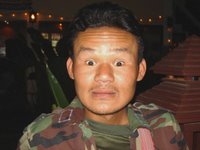Snapshots - meet Jean DuPont (by Joe)
 This is Jean DuPont. He is 45 years old and from Quebec in Canada. At home he works in real estate.
This is Jean DuPont. He is 45 years old and from Quebec in Canada. At home he works in real estate.We first met him on the mountain roads en route from Pai to Mae Hong Son in north Thailand. We have since bumped into him again at Louang Namtha (north Laos), Louang Phabang (central Loas) and Vang Vieng (also central Laos).
So, for the past month we've followed remarkably similar routes. However there is a big differene - whilst we've covered the 1000 km (+) in buses and minivans, he has travelled it on his mountain bike - a serious feat given the scale of the terrain around here.
Jean says he used to compete at a reasonably high level in Iron Man triathlon competitions (swimming 2.4 miles, cycling 112 miles, and then running a 26.2 mile marathon to reach the finish line). Sadly, a slipped disc in his back ended his competition days. Now he ('just') cycles his mountain bike over routes such as the one we have seen him on here, the Alp stages of the Tour de France and areas of the Rockies.
It has been nice meeting him along the way - he's been consistently friendly and good-spirited. Pretty much every time we have spotted him he has been pleasantly chatting away with tourists and locals alike (... and often 'looking for sugar').
His trip is about 2 months, and having conquered the north of Thailand and Laos he's now looking forward to some flatter terrain as he heads south: "I've done the protein, now I'm looking forward to the cake section" he says.
Joe


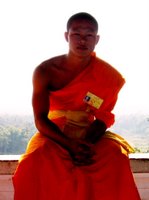
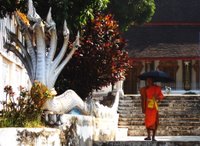
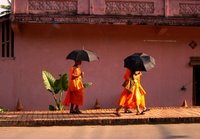

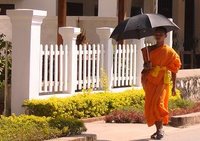
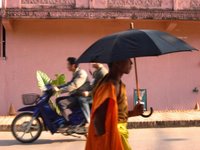

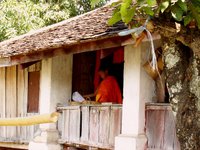



 Joe
Joe
 We hope you all have great day.
We hope you all have great day.











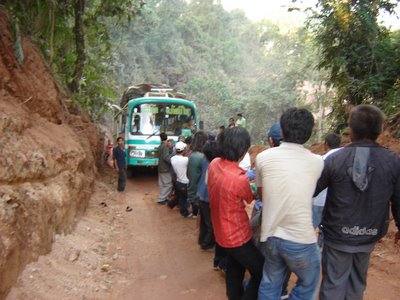

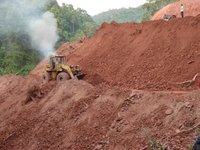








 Joe
Joe 







